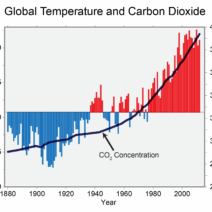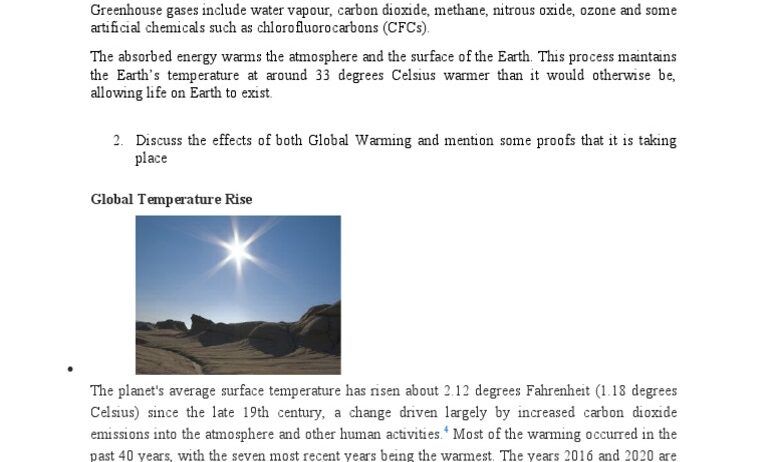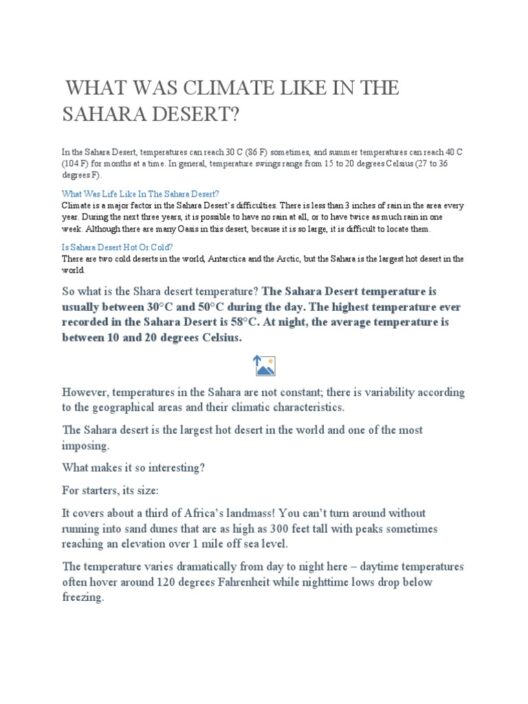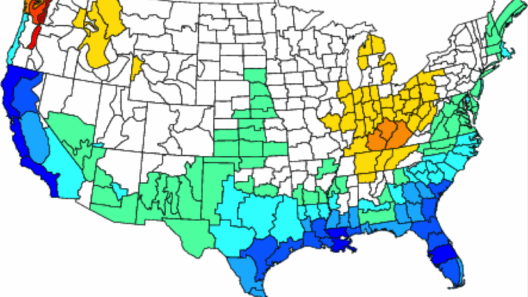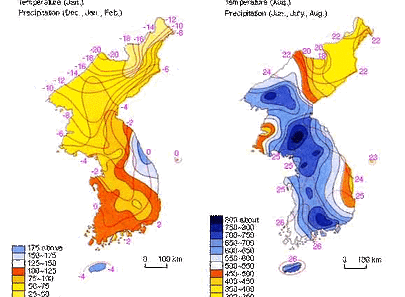Understanding the intricate phenomena of climate change and global warming is not just a scientific endeavor; it embodies a pressing global concern that affects every living organism on Earth. While these terms are often used interchangeably in casual conversation, they represent distinct concepts. Discerning the difference is crucial for effective environmental advocacy, policymaking, and education.
At the heart of the discussion lies the fundamental definition of global warming. It refers specifically to the long-term increase in Earth’s average surface temperature due to human-made greenhouse gas emissions. The burning of fossil fuels, industrial processes, deforestation, and agricultural practices contribute significantly to these emissions. The term encapsulates a phenomenon that has been intensifying since the late 19th century, with substantial acceleration noted since the mid-20th century. The role of carbon dioxide, methane, and nitrous oxide in trapping heat in the atmosphere—through a process called the greenhouse effect—has been thoroughly documented. This increase in temperature is alarming, as it sets in motion a cascade of secondary effects.
In contrast, climate change encompasses a broader range of alterations in the Earth’s climate systems. While global warming constitutes a substantial aspect of climate change, the latter includes more than just temperature fluctuations. Climate change refers to long-term variations and shifts in precipitation patterns, wind patterns, and other atmospheric phenomena over extended periods—decades to millions of years. This also involves extreme weather events becoming more frequent and intense, such as hurricanes, droughts, and floods, all of which are influenced by the warming climate.
The fascination with climate change extends beyond mere statistics and reports. It beckons a profound inquiry into the interconnectedness of ecosystems, human life, and economic systems. For instance, the melting of polar ice caps is not merely a numerical change; it signifies rising sea levels that threaten coastal communities and the habitats of innumerable species. The extinction of biodiversity is a poignant reminder of our planet’s fragility, a direct consequence of climate change that evokes a deeper emotional resonance.
Moreover, the anthropogenic factors contributing to climate change invite a thorough examination of human behavior and societal choices. Economic growth and development have often occurred at the expense of the environment, showcasing a fundamental conflict between progress and sustainability. Evaluating this interplay is essential to craft effective strategies for mitigating climate change’s effects.
The culmination of global warming’s impacts amplifies the urgency to address climate change holistically. For instance, agricultural sectors worldwide face unprecedented challenges as shifting climate conditions alter growing seasons and crop viability. Food security emerges as a pressing concern, leading to complex socio-political dynamics regarding resource distribution. The intricate web connecting climate and societal structures serves as a critical focal point for understanding both challenges and solutions.
In examining the manifestations of climate change, it becomes essential to acknowledge the role of feedback loops. For example, as glaciers melt due to rising temperatures, less sunlight is reflected back into space, exacerbating the warming process. This interplay between systems underscores the need for systemic approaches to address environmental degradation and promotes a collaborative spirit among nations to combat this global crisis.
Furthermore, climate change also has far-reaching implications for public health. As temperatures rise, the proliferation of heat-related illnesses and vector-borne diseases becomes a concerning reality, disproportionately affecting vulnerable populations. The implications of climate change are not confined to environmental impacts; they extend into the realms of socio-economic stability and off-limits generations to come. This multidimensional aspect cultivates a sense of urgency, compelling policymakers to adopt comprehensive frameworks that transcend traditional paradigms.
Once the complexities of global warming and climate change are laid bare, the necessity for collective action becomes evident. Mitigation techniques, such as transitioning to renewable energy sources, enhancing energy efficiency, and promoting sustainable agricultural practices, offer pathways towards a more resilient future. Innovation in technology plays a pivotal role; advancements in carbon capture and storage, alongside the electrification of transportation, herald a new era of possibilities for reducing greenhouse gas emissions.
Moreover, individuals wield considerable influence over their carbon footprints. Lifestyle changes, such as embracing public transportation, reducing meat consumption, and supporting local economies, contribute to the larger movement against climate change. This empowerment strengthens the moral imperative to engage communities in discussions about environmental stewardship and heritage protection.
As the dialogue on climate change and global warming evolves, it becomes paramount for educational institutions to foster awareness and critical thinking among young generations. Implementing curricula that elucidates these concepts cultivates informed citizens who can navigate the intricacies of environmental stewardship. The complexity of these issues demands a multi-disciplinary approach, integrating scientific, social, and ethical considerations.
Ultimately, the distinction between climate change and global warming necessitates a comprehensive understanding of both phenomena. Although they are intricately linked, acknowledging their differences facilitates targeted strategies for environmental action. Advocates, scientists, and policymakers alike must unite in their mission to combat climate change, fueled by a commitment to safeguarding the planet for future generations. The urgency of our collective action cannot be understated—it is a rallying cry for a sustainable world.


